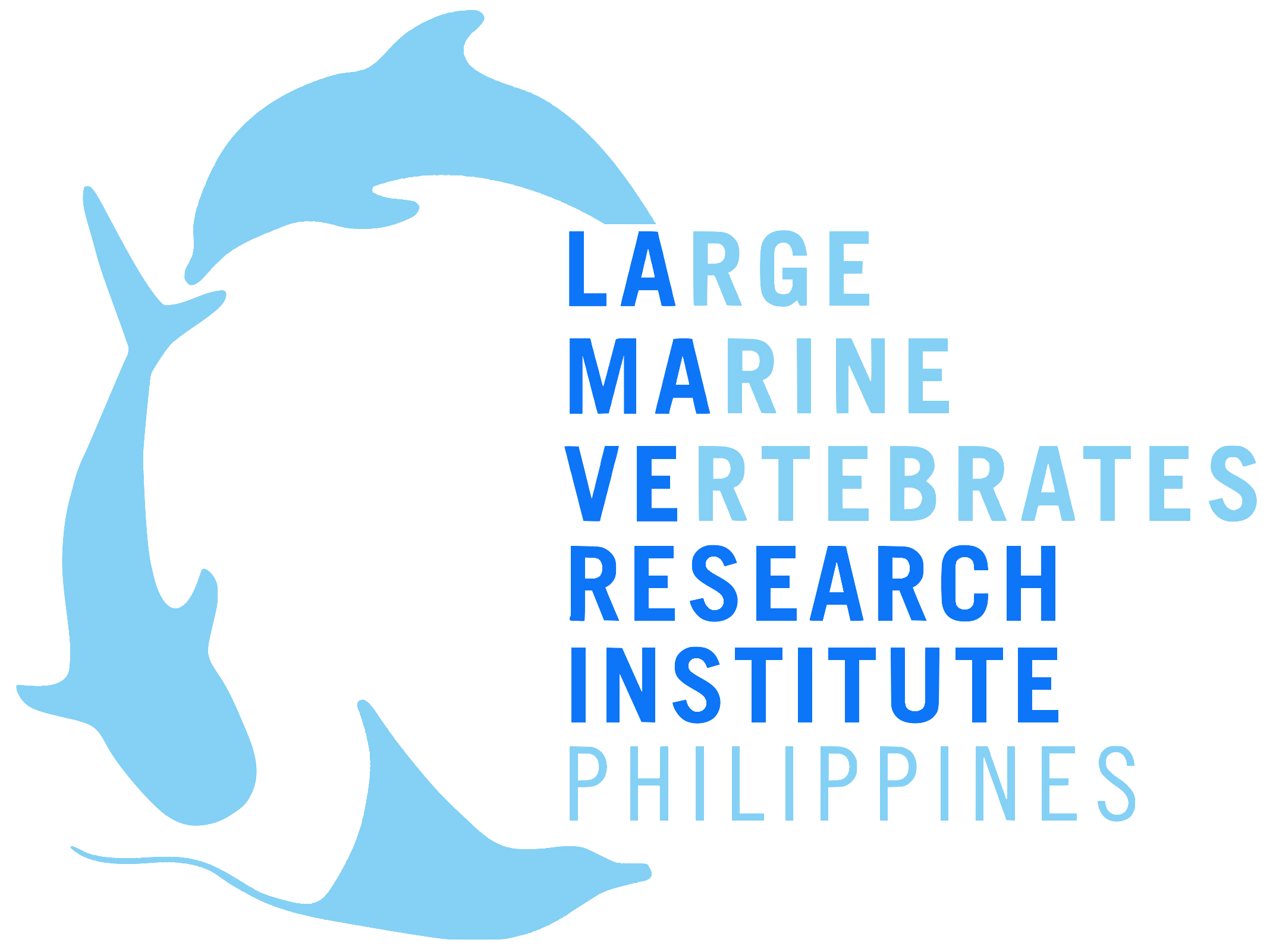STORY
The enigmatic appeal of the Deep Sea has always fascinated scientists and explorers alike. In celebration of Ocean Exploration Day, we sat down with LAMAVE researcher Titus Cañete to discuss what inspires him to study this mysterious zone and the technology he is developing that could help make deep sea research more accessible to early-career scientists.
Titus initially joined the Large Marine Vertebrates Research Institute Philippines (LAMAVE) to study whale sharks in the Sulu Sea. While spending time offshore and learning more about these vast habitats he had the opportunity to join a deep sea expedition in Tubbataha Reefs Natural Park in collaboration with the Tubbataha Management Office (TMO) and the National Geographic Society's Exploration Technology Lab. His interest was further ignited when he joined Dr. Katie Croft Bell and her team for the Global Capacity Assessment for Deep Sea Research with the Ocean Discovery League.
How did you become interested in Deep Sea Research?
I was already doing research on marine megafauna, studying whale sharks with LAMAVE, when the team asked me if I am interested in deep sea megafauna research. At first, I was unsure—having little knowledge of what we have.
The opportunity to contribute to what we currently know about what lies below 200 meters and learning what we can do to protect these ecosystems piqued my interest and pushed me to pursue deep sea research.
Who are your inspirations?
One of my inspirations when it comes to deep sea research in the Philippines is Dr. Deo Onda. He is the first Filipino to descend to the Emdem Deep in the Philippines Trench, the third deepest point in the world.
I remember feeling excited to know what Dr Onda and his team would discover at the bottom, thinking: “it must be pristine down there”. I was surprised when they revealed that they found debris and trash at these depths, suggesting that the impacts of human activity have already reached these ecosystems.
What are the challenges you face as a young deep sea researcher?
One of the results of the Global Deep Sea Research Capacity Assessment with the Ocean Discovery League, for which I was part of, revealed that there is difficulty accessing the technology to conduct deep sea research. Such equipment is expensive and requires special tools and training to deploy which creates barriers for researchers interested in the field, especially early-career scientists.
What have we learned so far?
Several expeditions have been conducted in the Philippines in the past. These expeditions have revealed novel-deep sea species, characterized the seafloor structure and its ecosystems, and determined threats to these ecosystems such as plastic pollution — that’s just to name a few.
Rarely-observed deep sea species have also been observed in the Philippines, including megamouth sharks, smalltooth sand tiger sharks, and oarfish. Deep sea fisheries targeting dogfish sharks for their liver oil also occur in some areas in the Philippines.
A prototype of the deep sea camera system. © Sally Snow | LAMAVE
What are you currently working on?
Because the aim is to make deep sea research more accessible, we are currently developing a cost-efficient and easy-to-deploy deep sea camera system using materials you can easily source or order online.
We are hoping to deploy this in Manta Bowl, an ecologically important seamount in the Ticao-Burias Pass Protected Seascape, Philippines. Our team has used a similar camera system to study the occurrence of manta rays, whalesharks, and other marine megafauna in the shallower areas of the seamount so we know it works. We want to bring that to deeper depths. We are taking what we have learnt on building these systems to develop a version that can withstand pressure at depths beyond 200 meters.
What do you hope to achieve from this?
I hope that through our research we can contribute to what’s already known about the deep sea, get a deeper understanding of how to better protect our deepwater areas and its hidden biodiversity, as well as collect baseline data that can support future protective measures such as a deep sea marine protected area in the region.
How can people help/support your goals?
In February 2023, we are launching a crowdfunding campaign with the aim of raising $10,000 to develop this deep sea camera system and deploy them in the Philippines.
At this stage, we are looking for backers who will pledge money to help us reach this goal. In exchange, our backers will get updates on the development of this technology and the preliminary results of this research.



